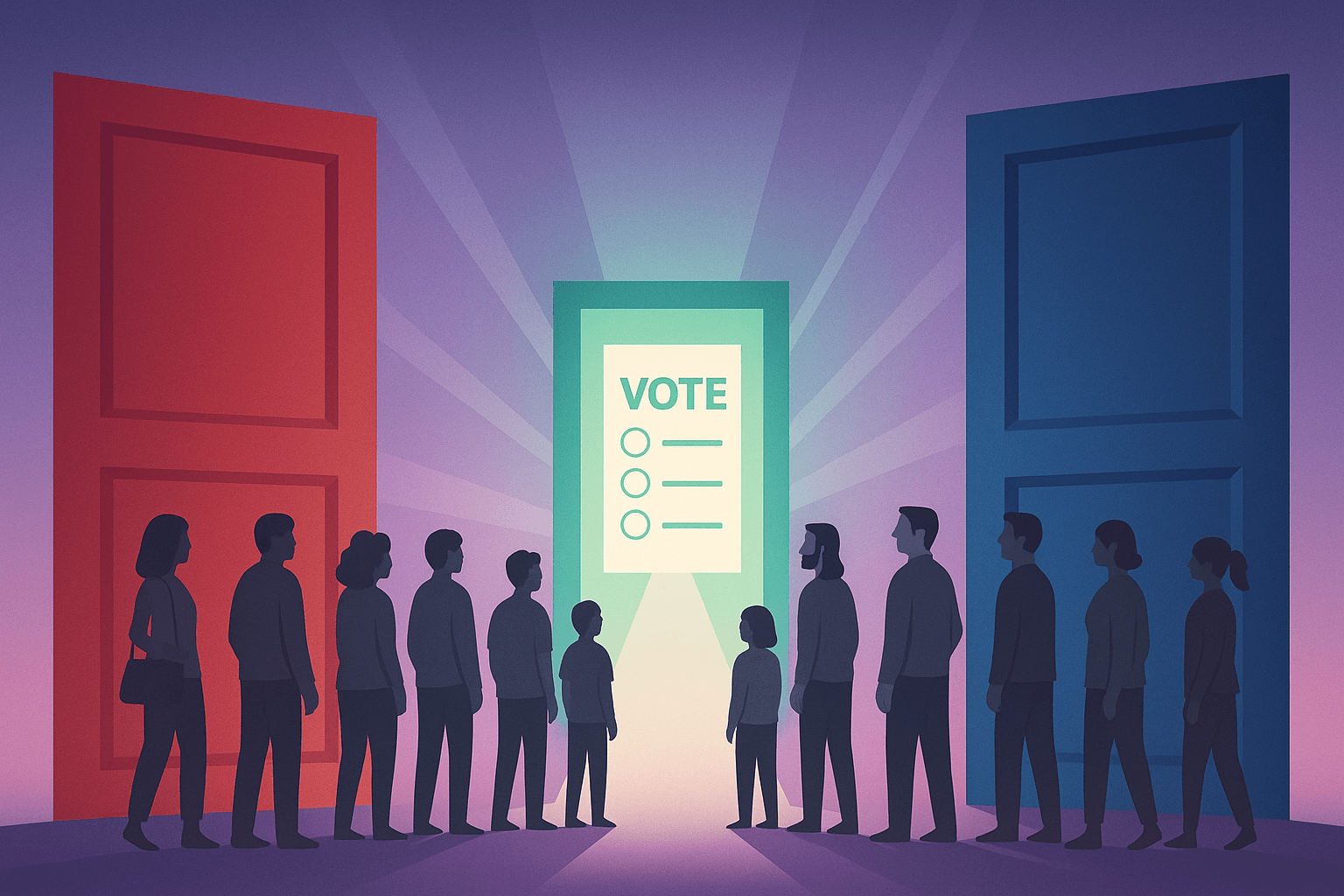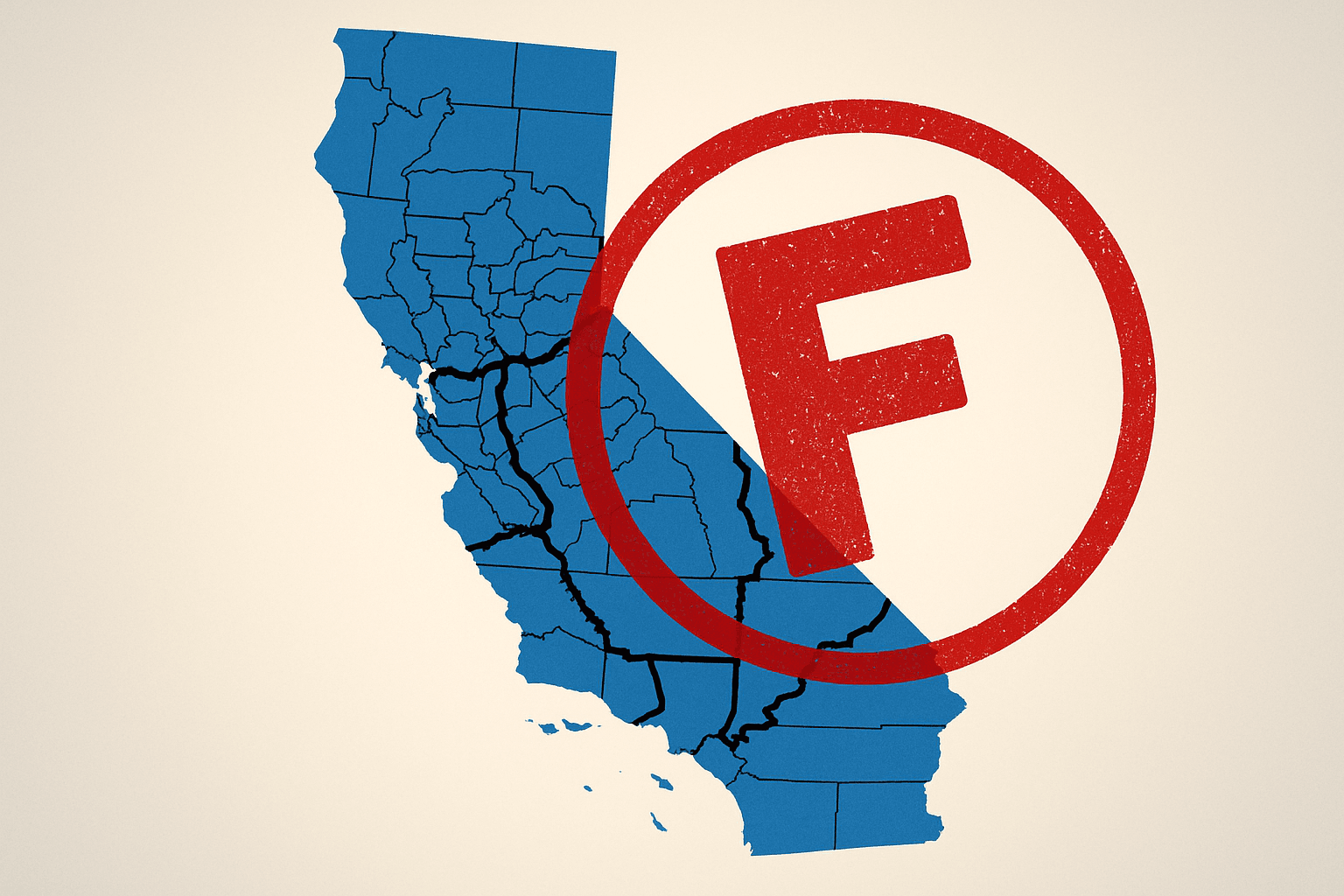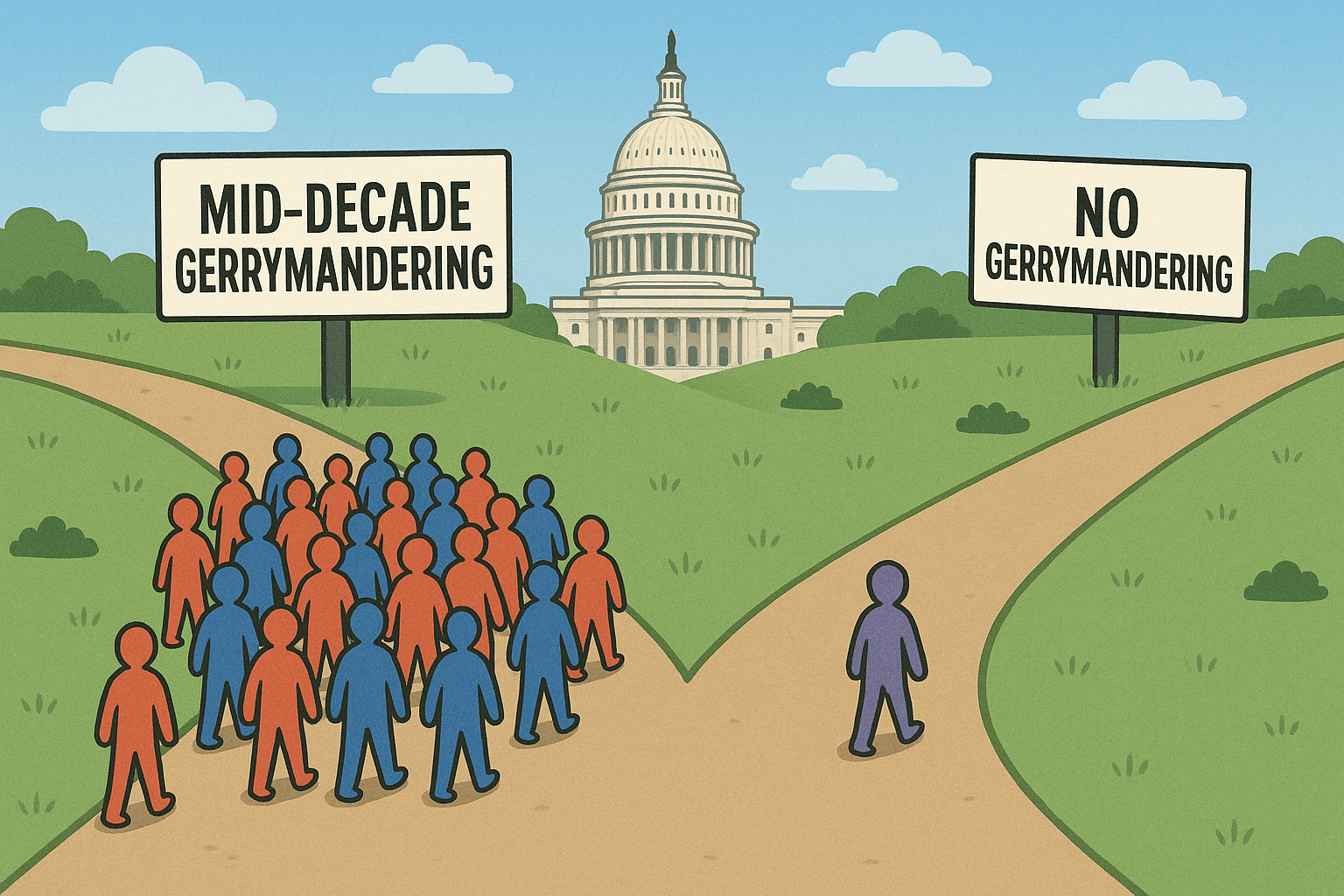Food Stamps for All?

Approximately 300,000 Californians are expected to enter their names on the rolls for food stamps next year.
Federal stimulus money is providing more than 13% of funding for additional food stamp provisions, offering approximately $40 additional dollars to food stamp recipients in California, for every month. This will amount to more than $300 million additional dollars worth of food stamps, to be handed out every month.
The California Food Stamp Program added just over $40 to the handout to typical California residents receiving food stamps, starting on April 1. The ARRA, or American Recovery and Reinvestment Act, has been bankrolling the recently increased numbers, providing an estimated additional $40-$50 million extra per month to state residents, through 2010.
There are more than 2 million California residents on food stamps currently, and estimates place that number as inching closer to 3 million, particularly with the tightening economy, and recent passage of bills making it easier to claim need for food stamps. The federally-designated umbrella term for food stamp programs throughout the nation is the Supplemental Nutritional Assistance Program. AB 433 made it easier to obtain food stamps in California, by bypassing previous "asset tests" to determine need.
According to the California Association of Food Banks and a report by the Food Research and Action Center, the money allotted to food banks may not be used wisely. The report estimated that in 2006, less than 30 percent of those eligible for food stamp benefits in San Diego and only about 50 percent of those residing in Los Angeles who are eligible, are actually participating in the statewide program to receive food stamps, which resulted in well over $450 million being "lost out on" by the state, in "federally-funded benefits."
Various California counties have been working on their own specific plans to answer the problem of growing unemployment, and growing needs for federal and state assistance.
County welfare departments and their food stamp offices ultimately can determine whether or not an individual satisfies the criteria to obtain food stamps. According to the California Department of Social Services (CDSS), previously, "the average amount of food stamp benefits received per household... about $200 per month." Basic eligibility includes either being under the age of 18, residence in the U.S. for at least five years, or current receipt of "disability-related assistance or benefits, regardless of entry date."
The CDSS notes that the food stamp granting program is federally funded and is a program that "low-income people buy the food they need for good health. For most households, food stamps are only part of their food budget, they must spend some of their own cash along with their food stamps benefits in order to buy enough food for a month." The average age of the head of a household receiving food stamps in California is 37.2 years, with an average of 2.5 members of the household, with an average child age of 8.1. An estimated 92.3% of those on food stamps in California are also U.S. citizens.



